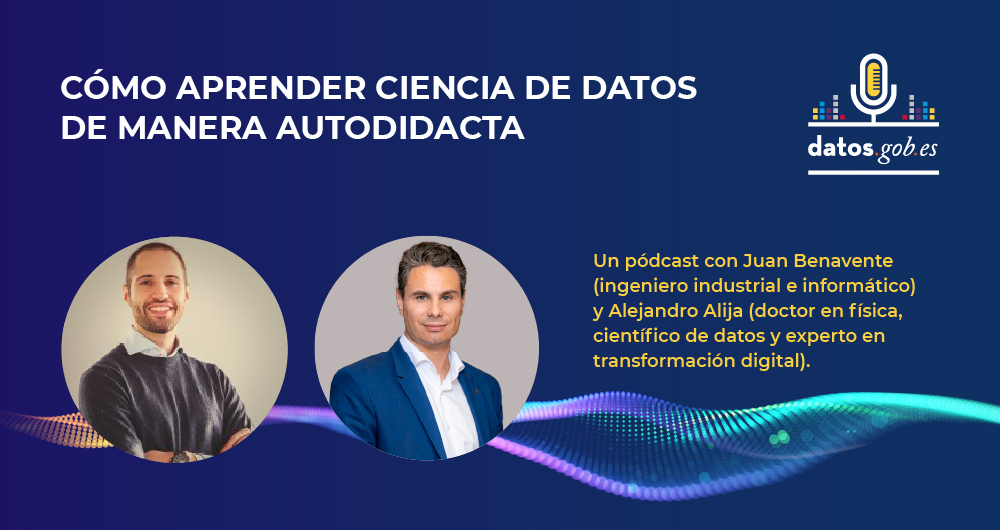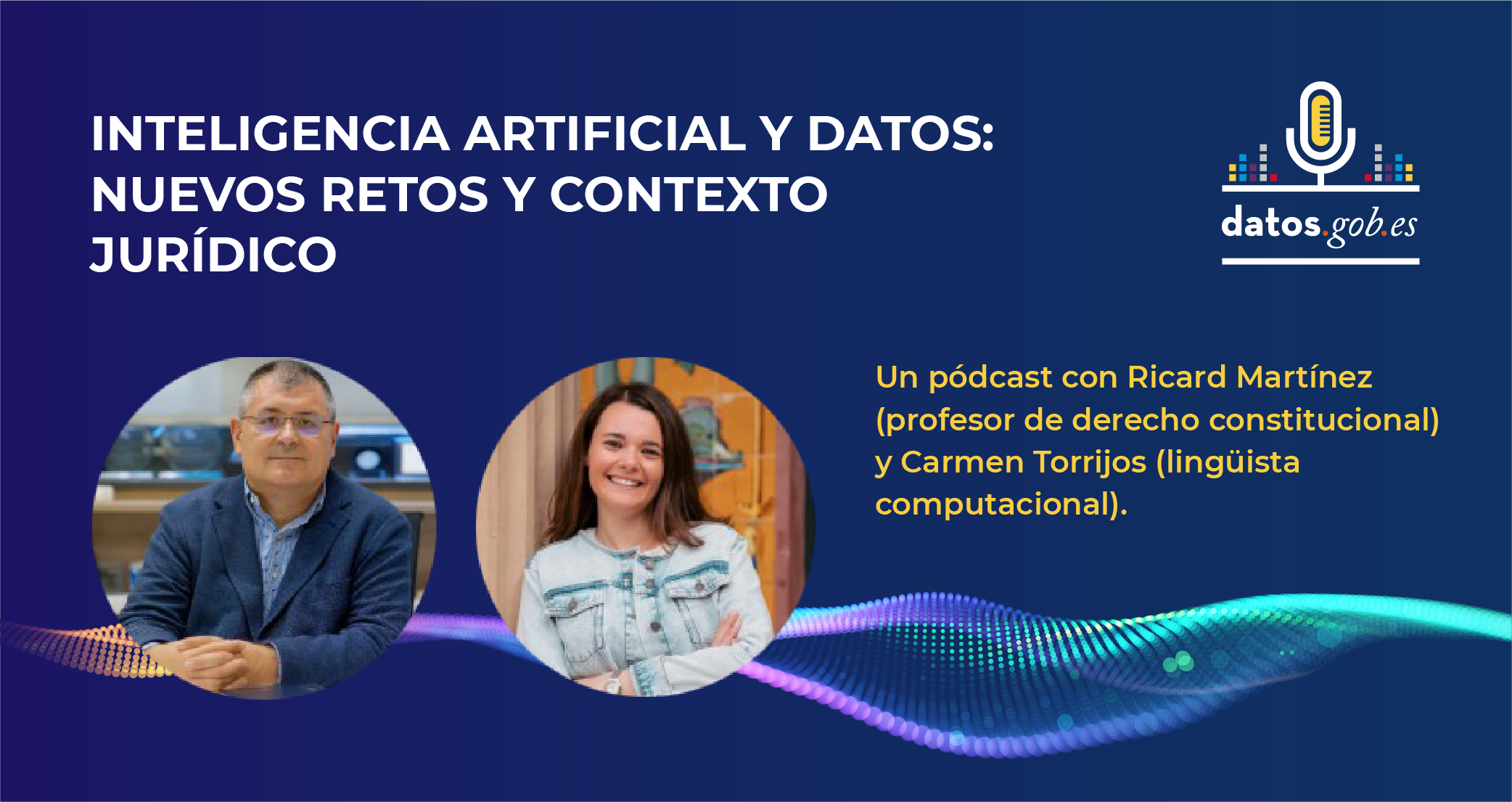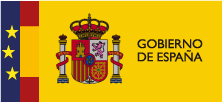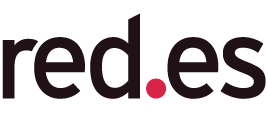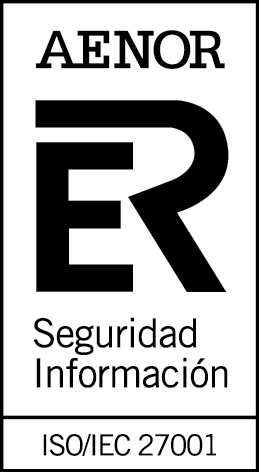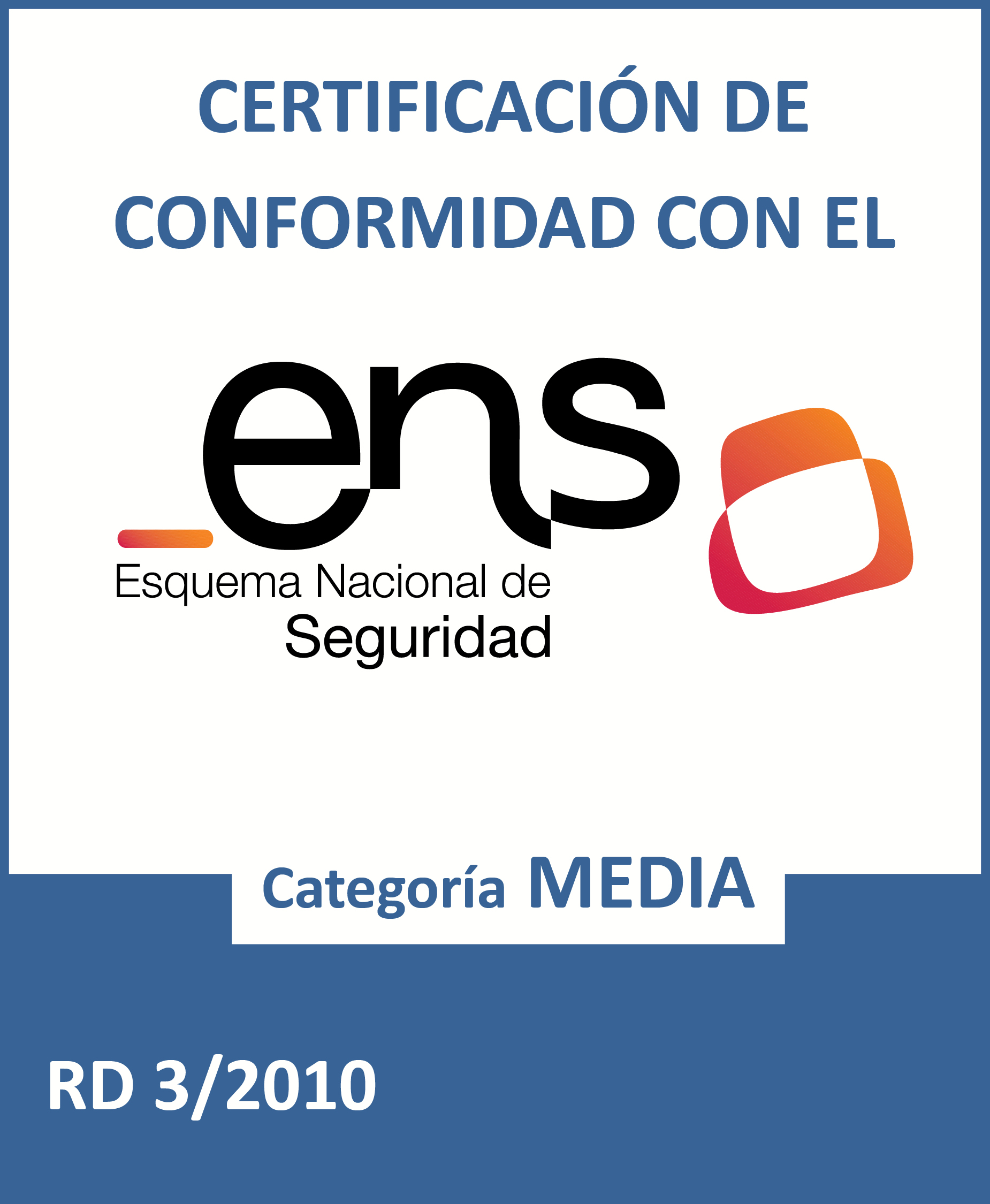Podcast: Free and collaborative culture, use cases of OpenStreetMap and Wikimedia
Fecha: 16-07-2025
Nombre: • Florencia Claes, professor and coordinator of Free Culture at the Rey Juan Carlos University, and former president of Wikimedia Spain. • Miguel Sevilla-Callejo, researcher at the CSIC (Spanish National Research Council) and Vice-President of the OpenStr
Sector: Science and technology

Collaborative culture and citizen open data projects are key to democratic access to information. This contributes to free knowledge that allows innovation to be promoted and citizens to be empowered.
In this new episode of the datos.gob.es podcast, we are joined by two professionals linked to citizen projects that have revolutionized the way we access, create and reuse knowledge. We welcome:
- Florencia Claes, professor and coordinator of Free Culture at the Rey Juan Carlos University, and former president of Wikimedia Spain.
- Miguel Sevilla-Callejo, researcher at the CSIC (Spanish National Research Council) and Vice-President of the OpenStreetMap Spain association.
Listen the episode (in spanish)
-
How would you define free culture?
Florencia Claes: It is any cultural, scientific, intellectual expression, etc. that as authors we allow any other person to use, take advantage of, reuse, intervene in and relaunch into society, so that another person does the same with that material.
In free culture, licenses come into play, those permissions of use that tell us what we can do with those materials or with those expressions of free culture.
-
What role do collaborative projects have within free culture?
Miguel Sevilla-Callejo: Having projects that are capable of bringing together these free culture initiatives is very important. Collaborative projects are horizontal initiatives in which anyone can contribute. A consensus is structured around them to make that project, that culture, grow.
-
You are both linked to collaborative projects such as Wikimedia and OpenStreetMap. How do these projects impact society?
Florencia Claes: Clearly the world would not be the same without Wikipedia. We cannot conceive of a world without Wikipedia, without free access to information. I think Wikipedia is associated with the society we are in today. It has built what we are today, also as a society. The fact that it is a collaborative, open, free space, means that anyone can join and intervene in it and that it has a high rigor.
So, how does it impact? It impacts that (it will sound a little cheesy, but...) we can be better people, we can know more, we can have more information. It has an impact on the fact that anyone with access to the internet, of course, can benefit from its content and learn without necessarily having to go through a paywall or be registered on a platform and change data to be able to appropriate or approach the information.
Miguel Sevilla-Callejo: We call OpenStreetMap the Wikipedia of maps, because a large part of its philosophy is copied or cloned from the philosophy of Wikipedia. If you imagine Wikipedia, what people do is they put encyclopedic articles. What we do in OpenStreetMap is to enter spatial data. We build a map collaboratively and this assumes that the openstreetmap.org page, which is where you could go to look at the maps, is just the tip of the iceberg. That's where OpenStreetMap is a little more diffuse and hidden, but most of the web pages, maps and spatial information that you are seeing on the Internet, most likely in its vast majority, comes from the data of the great free, open and collaborative database that is OpenStreetMap.
Many times you are reading a newspaper and you see a map and that spatial data is taken from OpenStreetMap. They are even used in agencies: in the European Union, for example, OpenStreetMap is being used. It is used in information from private companies, public administrations, individuals, etc. And, in addition, being free, it is constantly reused.
I always like to bring up projects that we have done here, in the city of Zaragoza. We have generated the entire urban pedestrian network, that is, all the pavements, the zebra crossings, the areas where you can circulate... and with this a calculation is made of how you can move around the city on foot. You can't find this information on sidewalks, crosswalks and so on on a website because it's not very lucrative, such as getting around by car, and you can take advantage of it, for example, which is what we did in some jobs that I directed at university, to be able to know how different mobility is with blind people. in a wheelchair or with a baby carriage.
-
You are telling us that these projects are open. If a citizen is listening to us right now and wants to participate in them, what should they do to participate? How can you be part of these communities?
Florencia Claes: The interesting thing about these communities is that you don't need to be formally associated or linked to them to be able to contribute. In Wikipedia you simply enter the Wikipedia page and become a user, or not, and you can edit. What is the difference between making your username or not? In that you will be able to have better access to the contributions you have made, but we do not need to be associated or registered anywhere to be able to edit Wikipedia.
If there are groups at the local or regional level related to the Wikimedia Foundation that receive grants and grants to hold meetings or activities. That's good, because you meet people with the same concerns and who are usually very enthusiastic about free knowledge. As my friends say, we are a bunch of geeks who have met and feel that we have a group of belonging in which we share and plan how to change the world.
Miguel Sevilla-Callejo: In OpenStreetMap it is practically the same, that is, you can do it alone. It is true that there is a bit of a difference with respect to Wikipedia. If you go to the openstreetmap.org page, where we have all the documentation – which is wiki.OpenStreetMap.org – you can go there and you have all the documentation.
It is true that to edit in OpenStreetMap you do need a user to better track the changes that people make to the map. If it were anonymous there could be more of a problem, because it is not like the texts in Wikipedia. But as Florencia said, it's much better if you associate yourself with a community.
We have local groups in different places. One of the initiatives that we have recently reactivated is the OpenStreetMap Spain association, in which, as Florencia said, we are a group of those who like data and free tools, and there we share all our knowledge. A lot of people come up to us and say "hey, I just entered OpenStreetMap, I like this project, how can I do this? How can I do the other?"And well, it's always much better to do it with other colleagues than to do it alone. But anyone can do it.
-
What challenges have you encountered when implementing these collaborative projects and ensuring their sustainability over time? What are the main challenges, both technical and social, that you face?
Miguel Sevilla-Callejo: One of the problems we find in all these movements that are so horizontal and in which we have to seek consensus to know where to move forward, is that in the end it is relatively problematic to deal with a very diverse community. There is always friction, different points of view... I think this is the most problematic thing. What happens is that, deep down, as we are all moved by enthusiasm for the project, we end up reaching agreements that make the project grow, as can be seen in Wikimedia and OpenStreetMap themselves, which continue to grow and grow.
From a technical point of view, for some things in particular, you have to have a certain computer prowess, but we are very, very basic. For example, we have made mapathons, which consist of us meeting in an area with computers and starting to put spatial information in areas, for example, where there has been a natural disaster or something like that. Basically, on a satellite image, people place little houses where they see - little houses there in the middle of the Sahel, for example, to help NGOs such as Doctors Without Borders. That's very easy: you open it in the browser, open OpenStreetMap and right away, with four prompts, you're able to edit and contribute.
It is true that, if you want to do things that are a little more complex, you have to have more computer skills. So it is true that we always adapt. There are people who are entering data in a very pro way, including buildings, importing data from the cadastre... and there are people like a girl here in Zaragoza who recently discovered the project and is entering the data they find with an application on their mobile phone.
I do really find a certain gender bias in the project. That within OpenStreetMap worries me a little, because it is true that a large majority of the people we are editing, including the community, are men and that in the end does mean that some data has a certain bias. But hey, we're working on it.
Florencia Claes: In that sense, in the Wikimedia environment, that also happens to us. We have, more or less worldwide, 20% of women participating in the project against 80% of men and that means that, for example, in the case of Wikipedia, there is a preference for articles about footballers sometimes. It is not a preference, but simply that the people who edit have those interests and as they are more men, we have more footballers, and we miss articles related, for example, to women's health.
So we do face biases and we face that coordination of the community. Sometimes people with many years participate, new people... and achieving a balance is very important and very difficult. But the interesting thing is when we manage to keep in mind or remember that the project is above us, that we are building something, that we are giving something away, that we are participating in something very big. When we become aware of that again, the differences calm down and we focus again on the common good which, after all, I believe is the goal of these two projects, both in the Wikimedia environment and OpenStreetMap.
-
As you mentioned, both Wikimedia and OpenStreetMap are projects built by volunteers. How do you ensure data quality and accuracy?
Miguel Sevilla-Callejo: The interesting thing about all this is that the community is very large and there are many eyes watching. When there is a lack of rigor in the information, both in Wikipedia – which people know more about – but also in OpenStreetMap, alarm bells go off. We have tracking systems and it's relatively easy to see dysfunctions in the data. Then we can act quickly. This gives a capacity, in OpenStreetMap in particular, to react and update the data practically immediately and to solve those problems that may arise also quite quickly. It is true that there has to be a person attentive to that place or that area.
I've always liked to talk about OpenStreetMap data as a kind of - referring to it as it is done in the software - beta map, which has the latest, but there can be some minimal errors. So, as a strongly updated and high-quality map, it can be used for many things, but for others of course not, because we have another reference cartography that is being built by the public administration.
Florencia Claes: In the Wikimedia environment we also work like this, because of the mass, because of the number of eyes that are looking at what we do and what others do. Each one, within this community, is assuming roles. There are roles that are scheduled, such as administrators or librarians, but there are others that simply: I like to patrol, so what I do is keep an eye on new articles and I could be looking at the articles that are published daily to see if they need any support, any improvement or if, on the contrary, they are so bad that they need to be removed from the main part or erased.
The key to these projects is the number of people who participate and everything is voluntary, altruistic. The passion is very high, the level of commitment is very high. So people take great care of those things. Whether data is curated to upload to Wikidata or an article is written on Wikipedia, each person who does it, does it with great affection, with great zeal. Then time goes by and he is aware of that material that he uploaded, to see how it continued to grow, if it was used, if it became richer or if, on the contrary, something was erased.
Miguel Sevilla-Callejo: Regarding the quality of the data, I find interesting, for example, an initiative that the Territorial Information System of Navarre has now had. They have migrated all their data for planning and guiding emergency routes to OpenStreetMap, taking their data. They have been involved in the project, they have improved the information, but taking what was already there [in OpenStreetMap], considering that they had a high quality and that it was much more useful to them than using other alternatives, which shows the quality and importance that this project can have.
-
This data can also be used to generate open educational resources, along with other sources of knowledge. What do these resources consist of and what role do they play in the democratization of knowledge?
Florencia Claes: OER, open educational resources, should be the norm. Each teacher who generates content should make it available to citizens and should be built in modules from free resources. It would be ideal.
What role does the Wikimedia environment have in this? From housing information that can be used when building resources, to providing spaces to perform exercises or to take, for example, data and do work with SPARQL. In other words, there are different ways of approaching Wikimedia projects in relation to open educational resources. You can intervene and teach students how to identify data, how to verify sources, to simply make a critical reading of how information is presented, how it is curated, and make, for example, an assessment between languages.
Miguel Sevilla-Callejo: OpenStreetMap is very similar. What's interesting and unique is what the nature of the data is. It's not exactly information in different formats like in Wikimedia. Here the information is that free spatial database that is OpenStreetMap. So the limits are the imagination.
I remember that there was a colleague who went to some conferences and made a cake with the OpenStreetMap map. He would feed it to the people and say, "See? These are maps that we have been able to eat because they are free." To make more serious or more informal or playful cartography, the limit is only your imagination. It happens exactly the same as with Wikipedia.
-
Finally, how can citizens and organizations be motivated to participate in the creation and maintenance of collaborative projects linked to free culture and open data?
Florencia Claes: I think we have to clearly do what Miguel said about the cake. You have to make a cake and invite people to eat cake. Seriously talking about what we can do to motivate citizens to reuse this data, I believe, especially from personal experience and from the groups with which I have worked on these platforms, that the interface is friendly is a very important step.
In Wikipedia in 2015, the visual editor was activated. The visual editor made us join many more women to edit Wikipedia. Before, it was edited only in code and code, because at first glance it can seem hostile or distant or "that doesn't go with me". So, to have interfaces where people don't need to have too much knowledge to know that this is a package that has such and such data and I'm going to be able to read it with such a program or I'm going to be able to dump it into such and such a thing and make it simple, friendly, attractive... I think that this is going to remove many barriers and that it will put aside the idea that data is for computer scientists. And I think that data goes further, that we can really take advantage of all of them in very different ways. So I think it's one of the barriers that we should overcome.
Miguel Sevilla-Callejo: It didn't happen to us that until about 2015 (forgive me if it's not exactly the date), we had an interface that was quite horrible, almost like the code edition you have in Wikipedia, or worse, because you had to enter the data knowing the labeling, etc. It was very complex. And now we have an editor that basically you're in OpenStreetMap, you hit edit and a super simple interface comes out. You don't even have to put labeling in English anymore, it's all translated. There are many things pre-configured and people can enter the data immediately and in a very simple way. So what that has allowed is that many more people come to the project.
Another very interesting thing, which also happens in Wikipedia, although it is true that it is much more focused on the web interface, is that around OpenStreetMap an ecosystem of applications and services has been generated that has made it possible, for example, to appear mobile applications that, in a very fast, very simple way, allow data to be put directly on foot on the ground. And this makes it possible for people to enter the data in a simple way.
I wanted to stress it again, although I know that we are reiterating all the time in the same circumstance, but I think it is important to comment on it, because I think that we forget that within the projects: we need people to be aware again that data is free, that it belongs to the community, that it is not in the hands of a private company, that it can be modified, that it can be transformed, that behind it there is a community of voluntary, free people, but that this does not detract from the quality of the data, and that it reaches everywhere. So that people come closer and don't see us as a weirdo. I think that Wikipedia is much more integrated into society's knowledge and now with artificial intelligence much more, but it happens to us in OpenStreetMap, that they look at you like saying "but what are you telling me if I use another application on my mobile?" or you're using ours, you're using OpenStreetMap data without knowing it. So we need to get closer to society, to get them to know us better.
Returning to the issue of association, that is one of our objectives, that people know us, that they know that this data is open, that it can be transformed, that they can use it and that they are free to have it to build, as I said before, what they want and the limit is their imagination.
Florencia Claes: I think we should somehow integrate through gamification, through games in the classroom, the incorporation of maps, of data within the classroom, within the day-to-day schooling. I think we would have a point in our favour there. Given that we are within a free ecosystem, we can integrate visualization or reuse tools on the same pages of the data repositories that I think would make everything much friendlier and give a certain power to citizens, it would empower them in such a way that they would be encouraged to use them.
Miguel Sevilla-Callejo: It's interesting that we have things that connect both projects (we also sometimes forget the people of OpenStreetMap and Wikipedia), that there is data that we can exchange, coordinate and add. And that would also add to what you just said.
Subscribe to our Spotify profile to keep up to date with our podcasts



